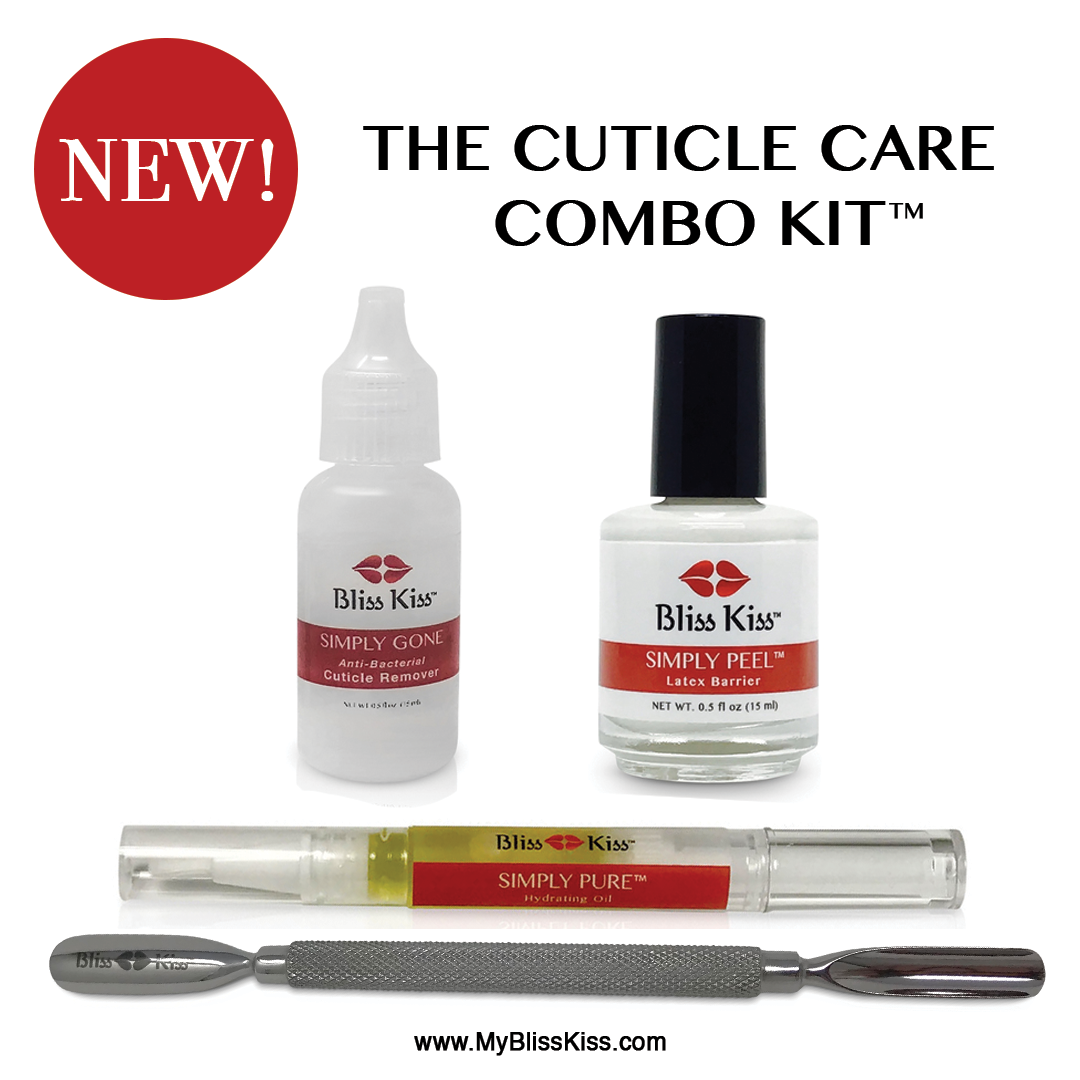What Is The Underside Of The Nail
Blast Anatomy
Authors: Doug Schoon and Ana Seidel
Blast Anatomy – The Different Parts of the Fingernail
Practise you know where your cuticle is? Or your hyponychium? About people don't.
Not only is the general public confused about the names for the parts of the natural nail, just many nail technicians are non able to name the various major parts and know their role.
Allow's alter this today.
Matrix
Where new boom plate cells are created and the nail plate begins to form.
Lunula
Lunula
A bluish-white, opaque surface area that is visible through the smash plate. This surface area is the front role of the blast matrix. Sometimes, it'south called the "moon."
The lunula is the forepart part of the matrix nosotros can see, or in other words, the visible matrix.
Not all fingers have a visible lunula. Usually, information technology is easiest to find a lunula on a thumb or index finger.
Many people think that they would like to take lunula's, just in fact, you lot really don't.
Since it is the exposed portion of the matrix, this area is not protected past the eponychium. It is easy hobbling with every day life tasks.
Those bruises show up as piffling white marks in the nail plate.
Eponychium
Living pare at the base of the nail plate that covers the matrix area. This should NOT be confused with the "cuticle".
Proximal Fold of the Eponychium
Healthy Proximal Fold
A tight ring of living tissue that most people incorrectly think is their "cuticle".
Since this pare dries out easily, people are quick to prune this pare believing that it'due south not necessary.
Please, please, delight…Practise Not CUT THIS Peel!
The proximal fold is a required guardian seal that prevents germs and bacteria from getting to the nail matrix, where new cells are created.
I always know when girls are cut. Their entire cuticle line is red and inflamed. Basically, their eponychium is infected all the time.
If you get to a salon for a manicure, practise not ever permit your nail tech cut this skin.
The best fashion to keep this skin soft and tight to the blast plate is with a high quality, jojoba wax ester basedpenetrating blast and cuticle oil.
Cuticle
*Represented as a pinkish line in the first photograph
CLICK Flick FOR LARGER Item
A thin layer of expressionless tissue riding on the nail plate to grade a seal between the nail plate and eponychium to foreclose pathogens from infecting the matrix expanse.
The cuticle pulls away from the underside of the eponychium and attaches tenaciously to the nail plate.
The cuticle should NOT be confused with the "eponychium".
Since polish and blast enhancements don't bond to skin on the nail plate, the cuticle should be properly removed with gentle scraping just.
Nippers tin can't remove the cuticle. Information technology's physically impossible.
Nail Plate
Composed of hardened, flat, translucent, non-living, keratin nail cells that form a solid, protective layer over the underlying soft tissue.
The nail plate should Non exist dislocated with the nail "bed".
The boilerplate person has 50 layers of keratin cells that make up the nail plate.
The thickness of your nails is adamant by the size of your matrix.
Non everyone'due south matrix is the aforementioned size. People with thin nails have a small-scale matrix and will have less than 50 layers. People with thick nails have a large matrix and have more than 50 layers.
Smash Bed
The soft, pink tissue that sits underneath and supports the nail plate while it grows. The nail bed should Not be dislocated with the nail "plate".
CLICK FOR MORE Item
Hyponychium
*Represented equally a pink line in the showtime photograph
A soft tissue seal underneath the extended "free" edge of the nail plate whose purpose is to preclude pathogens from infecting the boom bed.
Onychodermal Band
A band of bunched upward tissue located behind the hyponychium.
This ring improves the ability of the hyponychium to prevent pathogens from infecting the nail bed.
The onychodermal band works in the same fashion as the proximal fold on the peak surface of the nail.
When looking at your bare nails, you tin can see this darker ring of peel right before your nail plate leaves the smash bed to become your free edge.
Solehorn Cuticle
A thin layer of dead tissue riding on the nail plate to form a seal betwixt the smash plate and hyponychium to prevent pathogens from infecting the nail bed.
The solehorn cuticle pulls away from the underside of the hyponychium and attaches tenaciously to the blast plate.
Os
Os supports and shapes both the nail matrix and nail bed. The apartment or curved shape of your nails is determined by the shape of your fingertip bone.
Cognition is Power
Knowing your nail anatomy is important for the habitation manicurist and can actually help yous find an excellent boom professional if you're wanting to exist pampered.
Inquire her how she removes the cuticle.
If she shows you nippers instead of a spoon shaped remover or curette, you'll know to politely walk out and find someone new.
Remove Your Cuticles the RIGHT Style for Healthy Nails
- It is extremely dangerous to cut proximal folds (cuticles) considering they protect the boom matrix where nail cells are created.
- Cuticle cut, removing dead or live skin with a drill is also very dangerous.
- AVOID from Dry Manicures/Russian Manicures.
The expressionless cuticle skin needs to exist removed with the correct tools.
And that's EXAC TLY what you'll become in the Cuticle Care Combo Kit!

Source: https://www.myblisskiss.com/blog/nail-anatomy-different-parts-of-fingernail/
Posted by: grahamshoubless.blogspot.com

0 Response to "What Is The Underside Of The Nail"
Post a Comment